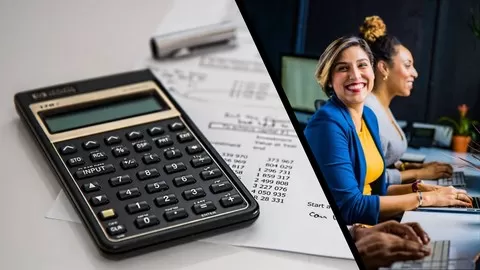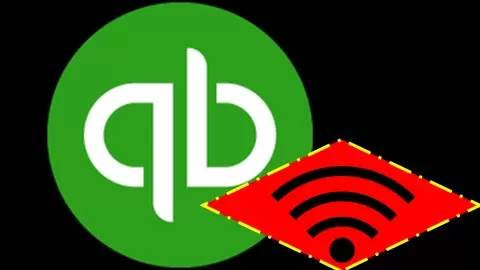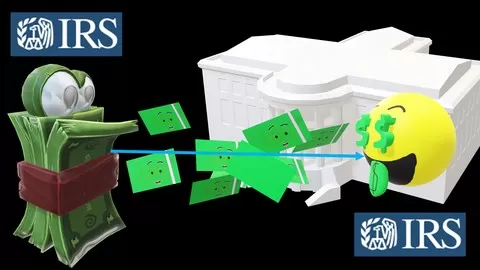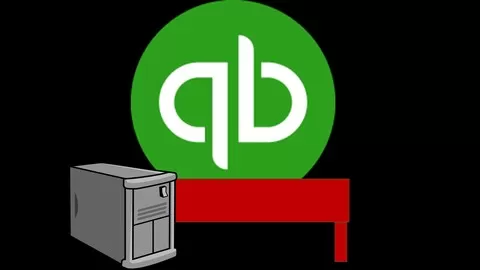Property plant and equipment, also known as plant assets, fixed assets, or depreciable assets is what we will cover.
We will discuss what property plant and equipment is and how to record property plant and equipment.
Multiple depreciation methods will be covered including the straight-line depreciation method, the double declining depreciation method, and the units of production depreciation method. We will discuss the pros and cons of each depreciation method and outline a format for structuring any deprecation problem.
While calculation depreciation expense we will also calculate accumulated depreciation and book value. It’s important to remember the context we are in when calculating depreciation, the reason for the work. Test questions often do not ask for the calculation of depreciation but for accumulated depreciation or the book value because these components take a little more time and understanding and to work out.
The straight-line method of depreciation is the easiest method to calculate and the method all other methods are derived from.
The double declining depreciation method in an accelerated method, designed to depreciate more in early years a less in later years.
The units of production depreciation method uses units produced rather than time as the driver of cost allocation.
We will discuss the difference between capital expenditures and revenue expenditures, and we will cover the disposal process of property plant and equipment.
When fixed assets are disposed of they may or may not be fully depreciated and we may or may not receive cash at the point of disposal. We will discuss the journal entries for property plant and equipment starting with the most straightforward transaction and building from there.
We will also cover changes in accounting estimates for the calculation of depreciation and how best to account for them.
Definitions and key terms related to property plant and equipment will be covered as well as a comprehensive problem.
In addition to the instructional videos, this course will include downloadable
• Downloadable PDF Files
• Excel Practice Files
• Multiple Choice Practice Questions
• Short Calculation Practice Questions
• Discussion Questions
The PDF files allow us to download reference information we can use offline and as a guide to help us work through the material.
Excel practice files will be preformatted so that we can focus on the adjusting process and learning some of the basics of Excel, like addition, subtraction, and cell relationships.
Multiple choice example question helps us improve our test-taking skills by reducing the information into the size and format of multiple choice questions and discussing how to approach these questions.
Short calculation questions help us reduce problems that have some calculation down to a short format that could be used in multiple choice questions.
Discussion Question will provide an opportunity to discuss these topics with the instructor and other students, a process many students find very helpful because it allows us to see the topic from different viewpoints.
Who will we be learning from?
You will be learning from somebody who has technical experience in accounting concepts and in accounting software like QuickBooks, as well as experience teaching and putting together curriculum.
You will be learning from somebody who is a:
• CPA – Certified Public Accountant
• CGMA – Chartered Global Management Accountant
• Master of Science in Taxation
• CPS – Certifies Post-Secondary Instructor
• Curriculum Development Export
As a practicing CPA the instructor has worked with many technical accounting issues and helped work through them and discuss them with clients of all levels.
As a CPS and professor, the instructor has taught many accounting classes and worked with many students in the fields of accounting, business, and business applications.
The instructor also has a lot of experience designing courses and learning how students learn best and how to help students achieve their objectives. Experience designing technical courses has also benefit in being able to design a course in a logical fashion and deal with problems related to technical topics and the use of software like QuickBooks Pro.
Content Includes:
•Recording the purchase of fixed assets •The straight-line method of calculating deprecation •The double declining balance method of calculating deprecation •The units of production method of calculating deprecation •Calculating deprecation for a part of a month or year •Recording capital expenditures and revenue expenditures •Calculating and recording changes in accounting estimates related to depreciation •Recording disposals of plant assets •Key terms and definitions related to property plant and equipment
Accounting & Financial Ratio Analysis made easy. Learn important accounting skills that will get your foot in the door!
4.6
★★★★★ 4.6/5
56,612 students











